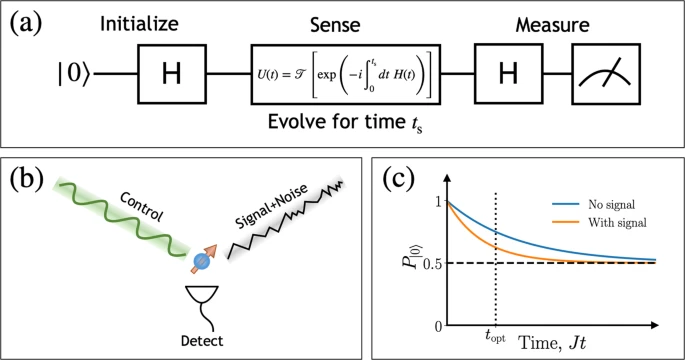Quería empezar con una noticia que ha tenido bastante impacto: el exoesqueleto HULC va a recibir células de combustible
http://www.engadget.com/2010/01/22/prot ... for-three/

El video no sé si es de palo y está trucado o es real, me tienta a creer lo segundo pero ni firmo ni garantizo. Si fuera de verdad, me ha llamado especialmente la atención la facilidad del actor, digo del soldado, para quitarse el invento y hacer cuerpo a tierra
http://www.youtube.com/watch?v=kat8I5UM ... r_embedded
si fuera verdad, probablemente sería un salto bastante importante para los soldados de la OTAN, porque podrían a muy corto plazo transportar más carga en patrulla y estar más frescos para el combate, y a un poco más de plazo acoplar blindaje a zonas no cubiertas o mejorar el de las ya cubiertas. No hablo de nada parecido a Iron Man, Tropas del espacio o lo que queráis, sino a algo mínimamente realista.
Si lo que se ve es cierto y no es de palo, me parece un logro tecnológico sencillamente impresionante: un aparato que siga de esa manera los movimientos del soldado
La parte que más dudas me suscita es la de las células de combustible. No he tenido tiempo para indagar, pero me parece que presentan un salto muy considerable respecto a las tecnologías probadas de célula de combustible. No me mojo, porque lo mismo es cierto. Si lo es, encima daría energía sobrada a otros sistemas del infante, con las posibilidades que eso supone.
Si es cierto, esa tecnología de células es un salto mayor que el exoesqueleto, y no sólo para los militares. Imaginaos un portátil cuya autonomía se midiera en semanas



